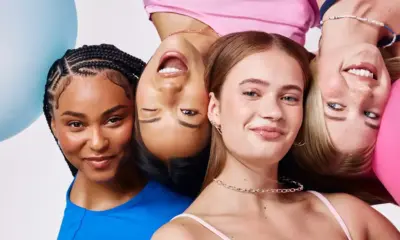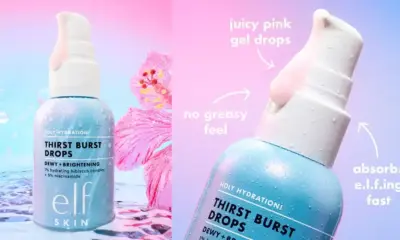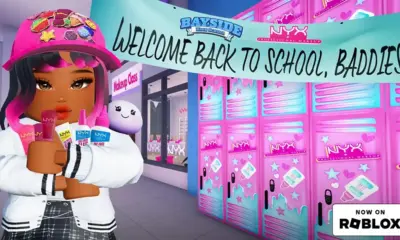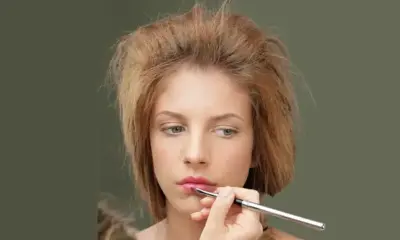Research & Trends
The Impact of Generational Differences on Beauty Sales
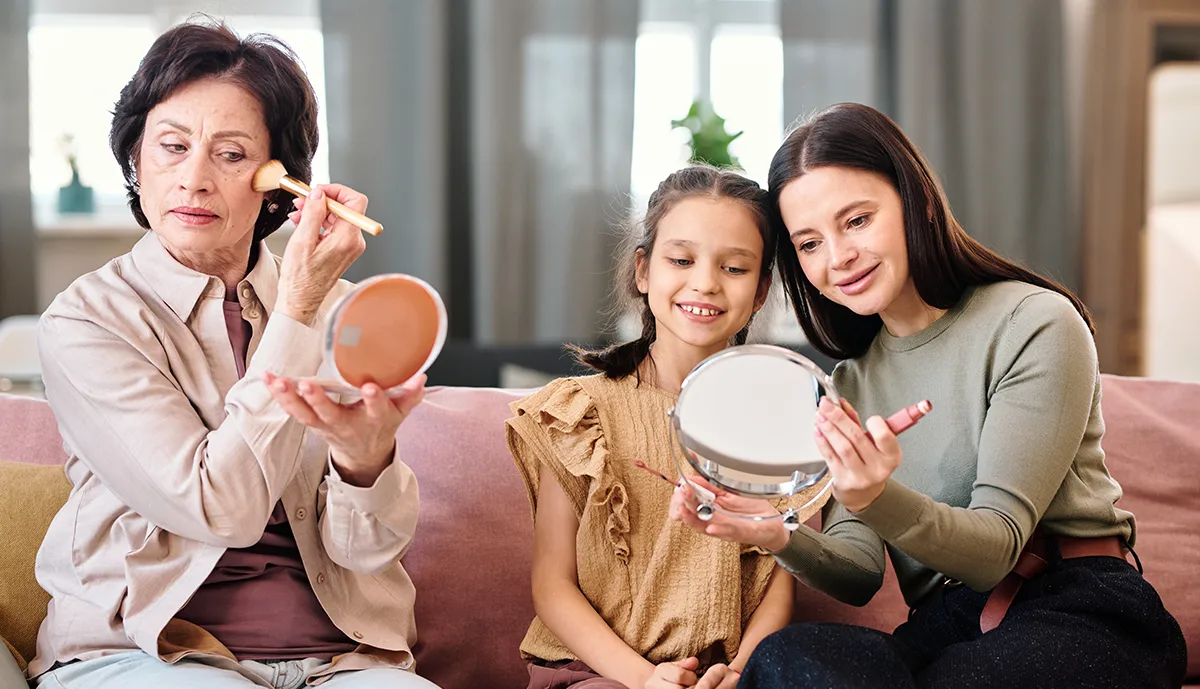
Generational Differences Impact Beauty Sales: Understanding the Trends Shaping the Industry
Generational Differences Impact Beauty Sales, influencing how different age groups approach beauty products and trends. The beauty industry continues to show resilience, outperforming other sectors in the U.S. consumer goods market. In 2024, beauty sales surpassed total store sales across both CPG (consumer packaged goods) and prestige retailers, driving overall growth. This highlights how the beauty sales, shaping the future of the beauty market as different generations influence trends and product choices.
Gen X and the Evolution of Beauty Trends
The beauty sales significantly, especially as Gen X’s influence on beauty trends grows. Despite being older than Millennials and Gen Z, Gen X embraces beauty trends similarly to younger generations, defying traditional assumptions. As a result, their purchasing behavior is changing, with a focus on skincare and wellness. Gen X’s adoption of modern beauty habits shows that even older generations are now prioritizing self-care and beauty in ways that align with younger demographics.
Recognizing these shifts is vital for beauty brands to connect effectively with this group. Understanding generational nuances can help marketers engage Gen X while acknowledging their changing preferences. Generational Differences Impact Beauty Sales, driving brands to innovate and market to this key consumer group in new ways.
The Rise of Gen Alpha in the Beauty Market
Another significant aspect of Generational Differences Impact Beauty Sales is the emergence of Gen Alpha. While this generation is still in its early years, they are rapidly becoming a force in the beauty market. Higher-income households with children under 18 are spending on beauty products at three times the rate of other households.
This trend represents a new and untapped market, providing opportunities for beauty brands to expand their reach. However, catering to Gen Alpha presents challenges, especially when it comes to developing age-appropriate, safe beauty products. Responsible marketing and education will be key to nurturing this young and influential group. As Generational Differences Impact Beauty Sales, beauty brands must adapt to this new wave of consumers while ensuring the products meet safety standards.
Millennials’ Continued Influence on the Beauty Market
Millennials remain a powerful driving force in the beauty industry, though their habits are evolving. As Generational Differences Impact Beauty Sales, Millennials are shifting away from makeup, which has caused a decline in sales for both mass-market and prestige beauty categories. This generation, while still highly engaged with beauty products, is becoming more cautious about their purchasing decisions, especially with discretionary spending being pulled back across many sectors, including beauty.
As Millennials age, their focus is shifting more toward skincare, wellness, and minimalistic beauty routines. This generational change presents an opportunity for brands to pivot and appeal to their evolving priorities. Generational Differences Impact Beauty Sales, and brands need to adapt to ensure continued relevance with this influential group.
A Shared Desire for Well-Being Across Generations
Despite varying preferences across generations, one core belief unites beauty consumers: 75% agree it’s more important to feel good than to look good. This insight is critical as it shows how Generational Differences Impact Beauty Sales. Across all age groups, there is a growing focus on the emotional and well-being aspects of beauty. Rather than just aesthetics, beauty now plays a role in enhancing overall mental and emotional health.
This shift creates new opportunities for brands to evolve their marketing approaches, emphasizing self-care and the emotional benefits of beauty. By connecting with consumers on a deeper level, beauty brands can maintain their relevance across all generations, ensuring continued growth and success.
For more insights on how Generational Differences Impact Beauty Sales, explore more news on this website!

